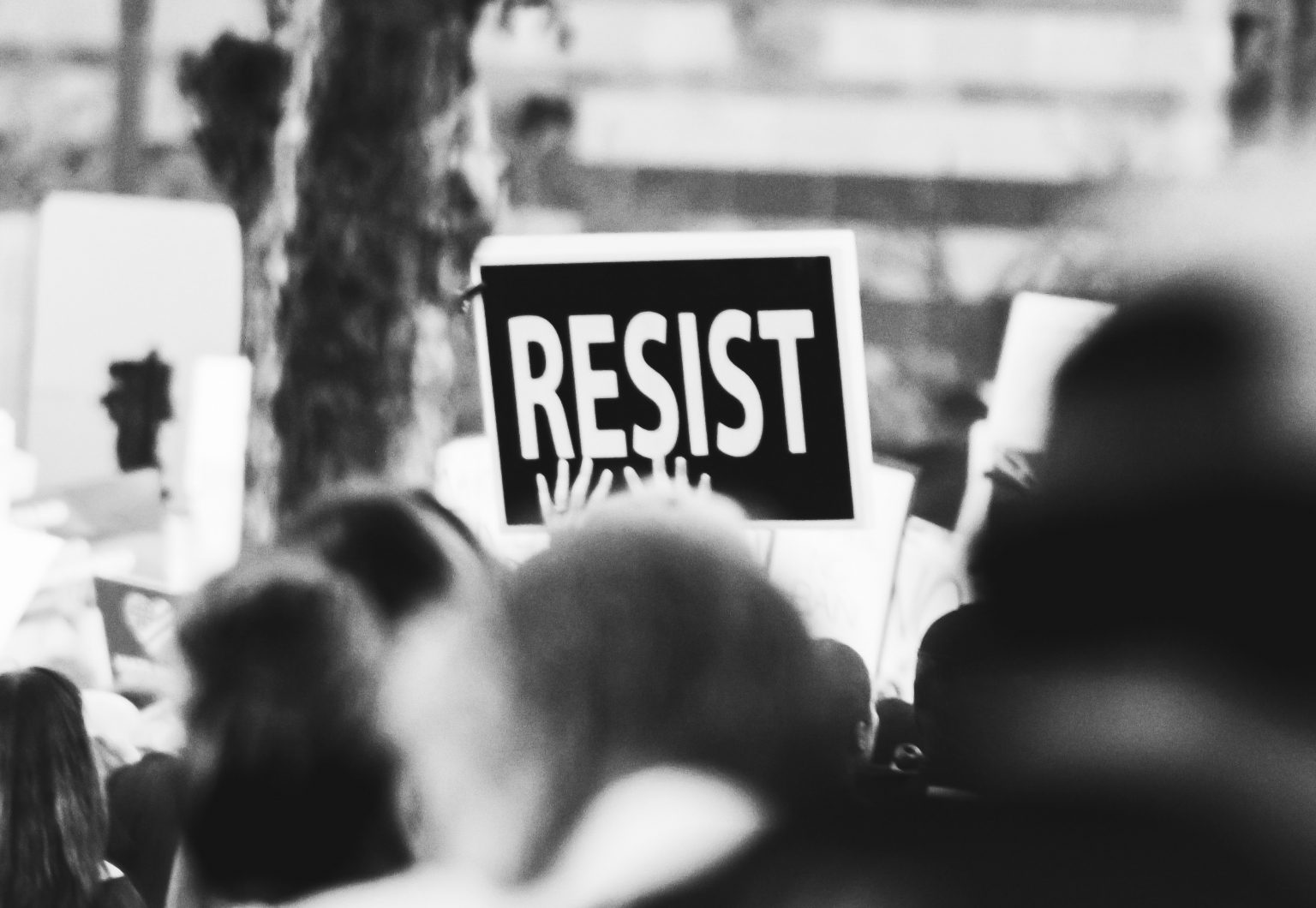Protests erupted in Kazakhstan on the 2nd January, resulting in at least 225 being killed. The protests were sparked due to the doubling of LPG (Liquefied Petroleum Gas) prices in the Mangystau region. They started in in the city of Zhanaozen, then spreading to the country’s largest and former capital city, Almaty.
Liquefied Petroleum gas is used to fuel between 70 and 90% of the vehicles in the region of Mangystau, the prices rose from $0.14 to $0.28 per litre. This happened as a result of the trading of LPG moving fully online, a transition which began in 2019 and was completed in January 2022. Trading of LPG was happening through the Eurasian Trading System, along with the Caspy Commodity Exchange and the Alan-Trade electronic platform. The move to online trading was decided by the government to ensure that there was enough supply for the domestic market. (Argus Media)
Trading online means that the prices are decided by the market, instead of the government through the use of subsidies. These subsidies had been for domestic fuel consumers, and was at a price lower than the cost of production. Therefore, when the markets decided the price, they skyrocketed.
Protests began on the 2nd January, soon after, they had spread from Zhanaozen to Almaty. A state of emergency was called on the 5th January, meaning that a curfew from 11pm to 7am was imposed, as well as a ban on mass gatherings and movement to and from other regions.
On the 4th January, protests continued peacefully, but tensions rose on the 5th, with some being armed with knives and hunting rifles, a journalist in Almaty reported. The Kazakhstan authorities have claimed that ‘terrorists’ hijacked the protests.
Over 700 criminal cases have been opened, the charges ranging from terrorism, murder and seeking to overthrow the government. Human rights groups have said that all protesters could be viewed as terrorists by the government.
As described by Konay Abdiyev, a protester in Almaty that spoke to the BBC, it was not the protesters that began the violence, but ‘unidentified provocateurs’. These provocateurs, were responsible for the destruction of cars and windows, as well and seizing and setting alight the city hall.
It was at this point that authorities started to shoot protesters, officially killing 225, but injuring many more. Soldiers, compromising of Russian paratroopers, Belarusian special forces as well as the Kazakh authorities arrived on the 6th January, blocking the main square in Almaty, where the majority of protesters were.
Belarusian and Russian troops assisted the Kazakh government as a result of the Collective Security Treaty Organisation. (CSTO) The CSTO has 6 members, all ex-soviet states; Russia, Belarus, Armenia, Kyrgyzstan, Tajikistan and Kazakhstan.
Article 4 of the CSTO is similar to that of article 5 of NATO. This is the mutual defence clause, meaning if one country were to face aggression, then the other member states would be obliged to to aid the country, in this case, Kazakhstan. This clause has not been invoked before the 6th January 2022, since the creation of the organisation in 1992.
This could be an important intervention of Russia, with current tensions with Ukraine growing. the CSTO has “now proven that it is a defensive alliance”, says Sergey Radchenko, a historian. Despite Russia not being supported in its war with Georgia in 2008 and Ukraine in 2014 by other members of the organisation.


